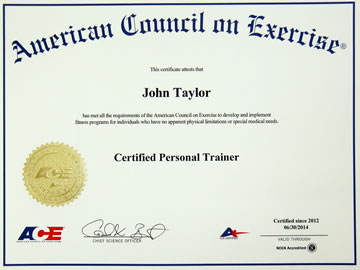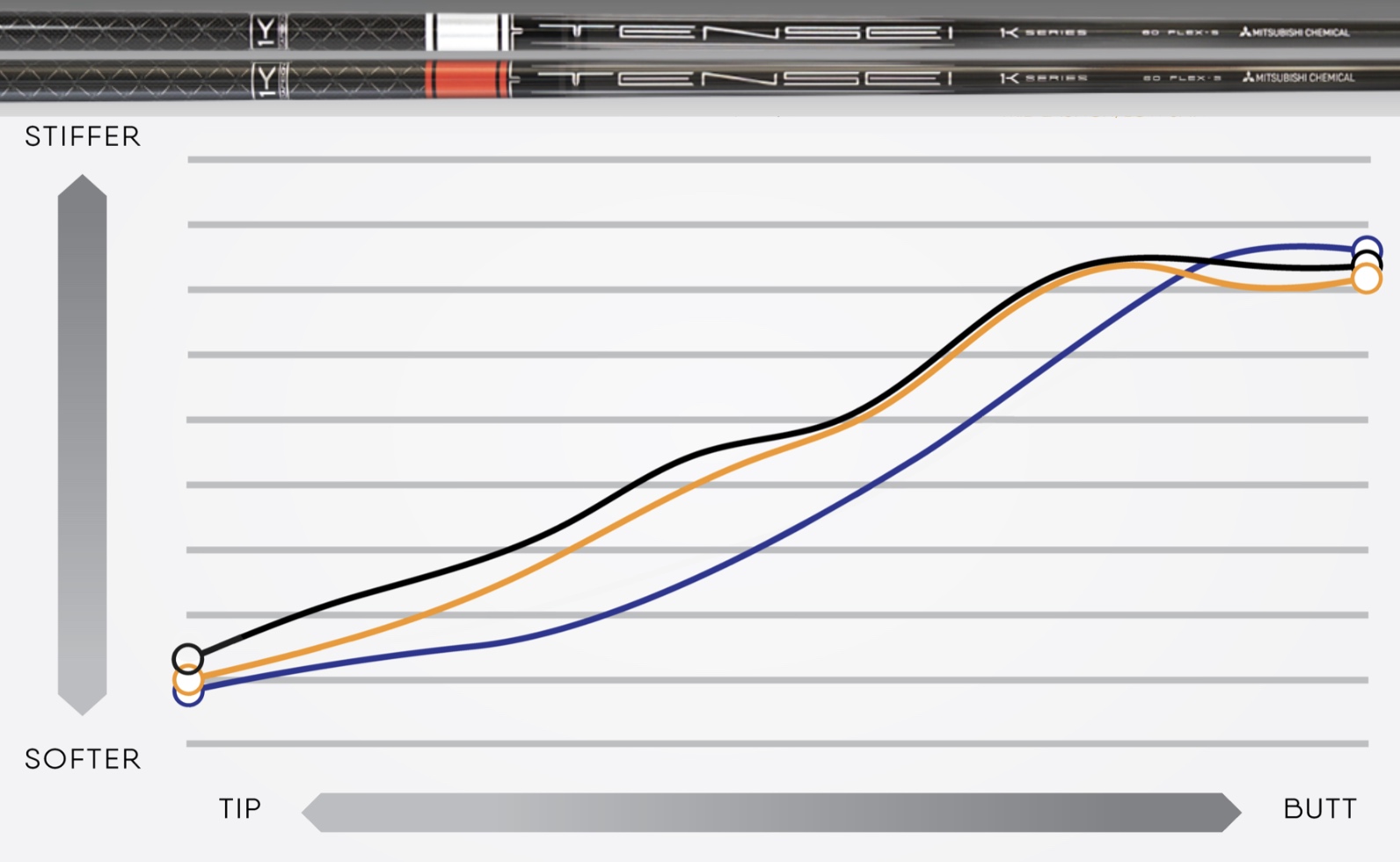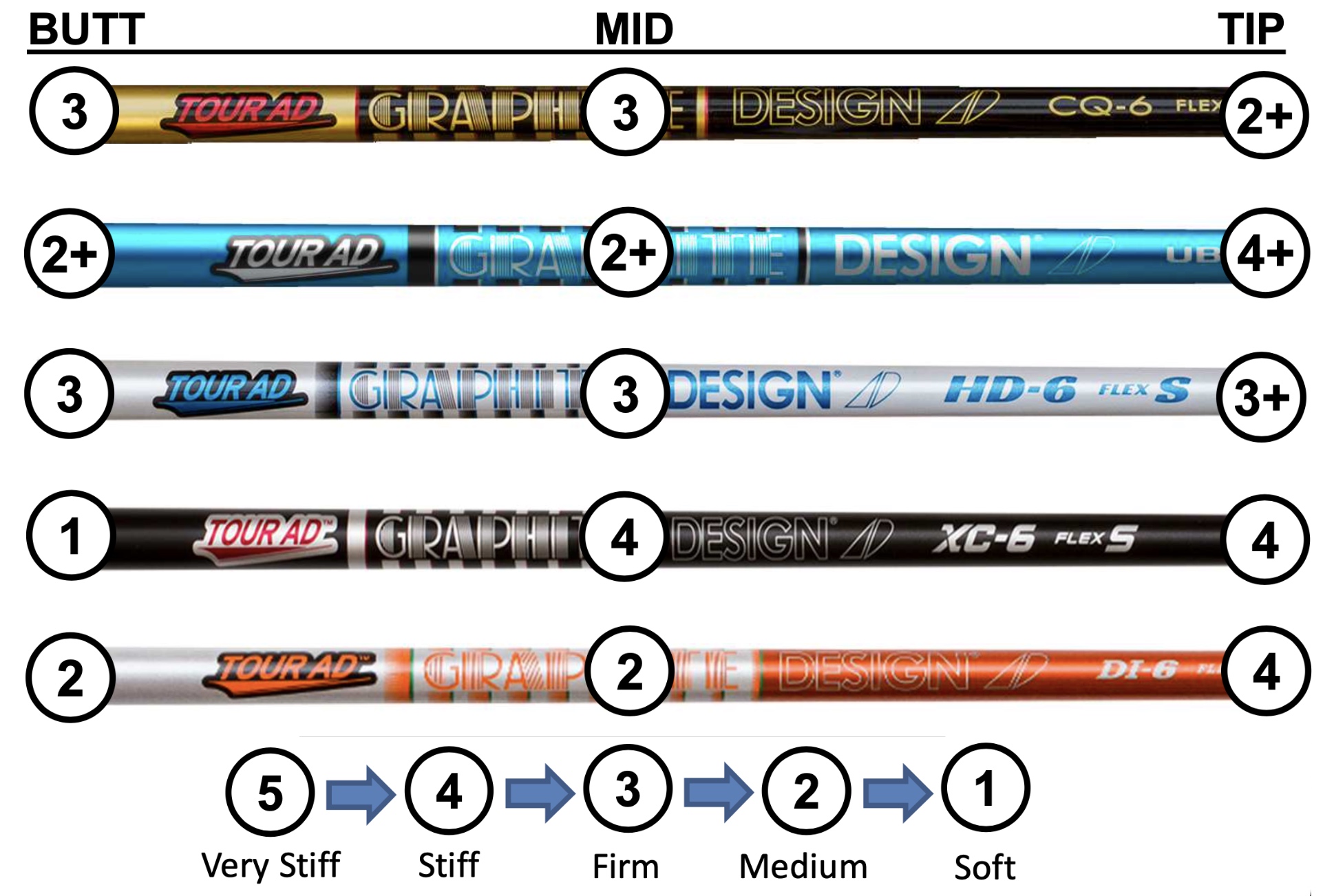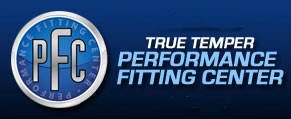Aftermarket Shafts
Aftermarket shafts are a performance upgrade for your current clubs. Replacing the factory stock shafts in the clubs that you purchased off-the-rack at retail shops or from pro shops is usually the most effective way to improve the performance of your clubs.
The goal in fitting for an aftermarket shaft is to make the club more responsive to your individual swing mechanics. Having the optimum stiffness distribution, torque, weight, and balance can make a major difference in your ability to deliver the center of the club face to the ball with consistency. It enables the shaft to translate your swing motion into an optimal ball flight.
There are at least a dozen shaft companies that produce a wide range of superb products that are worthy of serious consideration. Understanding the choices that have been made in materials, engineering design, and methods of construction are an essential part of finding the right shafts for your game.
Considering the differences in swing technique and range-of-motion that any of us can see in golfers -- we can find it at any driving range or golf course -- it's not surprising that there would be many ways to design a shaft that transfers swing energy into the clubhead at impact.
The modern engineering approach is based on changing the bending characteristics of the shaft through its length to match variations in load placed on the club during the swing. Effective design allows the shaft to respond to different forces a player will exert in the transition from backswing to downswing, through the downswing, and through the impact zone.
Ultra high speed cameras and radar launch monitors reveal previously unappreciated effects of shaft stability on ball impact quality. Shaft engineers are refining their designs to enhance both responsiveness and stability that has resulted in many exciting products available to golfers. It brings new focus to the importance of individual shaft fitting.





























 John Taylor
John Taylor